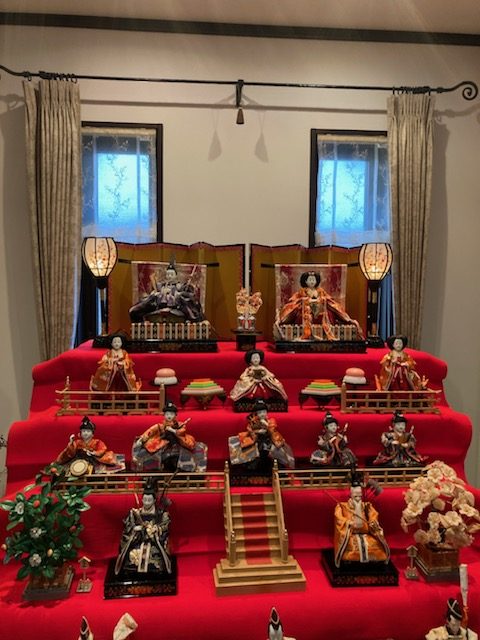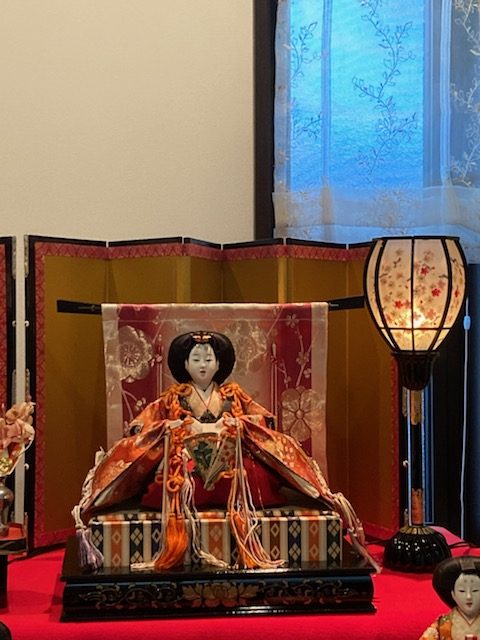ひなまつり
ひなまつり
3月3日は桃の節句“ひなまつり“。美しい雛人形を飾って子どもの健やかな成長や幸せを祈ってお祝いをします。豪華な七段飾りもあれば、シンプルにお内裏様とお雛様だけを飾ったりします。古くはお人形が子供達の代わりに病気や事故から守ってくれるとされていました。
ひな祭りの始まりは?
起源は平安時代とされています。女の子のお祭りになったのは戦国の世が終わり世の中が平和になった江戸時代頃だとも言われています。菱餅やひなあられの色は緑(健康)桃色(魔除け)白(清浄)を表すと言われています。蛤のお吸いもの、ちらし寿司など、華やかなご馳走が並ぶのも日本らしい風習ですね。世界のどこかで同じ様なお祭りをする所があったら教えて下さいね。
ひなまつりを英語で説明しよう!
Hinamatsuri is a seasonal festival celebrated on March 3rd. It is a tradition to pray for the health and happiness of girls. It is also called ‘Momo no sekku’, which means Peach Festival.
Families display special dolls known as Hinamatsuri.
Households with girls display dolls in ancient court costumes on a step-like platform called a Hinadan. Hinamochi, Shirozake (rice wine) and peach flowers are also displayed.
At this time, Japanese eat various foods for good luck. Among them, Chirashi-zushi, Hina arare, and Mochi are popular.
Chirashi-zushi is a kind of sushi with many scattered toppings such as salmon roe and sashimi on vinegar rice (sushi rice). Hina-arare are bite-sized rice crackers that are colored pink, green, yellow, and white. These four colors represent the four seasons. Hina-mochi is a very beautiful three-layered rice cake. It is red, white, and green. Pink is for chasing evil spirits away, white is for purity and green is for health. It is also said that pink means peach, green means land and white means snow.
It is common to drink Shirozake (rice wine) together with the meal.Have a happy Hinamatsuri!
さぁ、ひなまつりを英語で説明してみました!ぜひ海外のお友達に日本の伝統的な文化ひなまつりを説明してみてください。もし単語やフレーズで分からないところがあればぜひレッスンで質問してくださいね。


アーク英会話教室のFacebookとInstagramはこちらからチェック!
仙台英会話 アーク英会話教室


